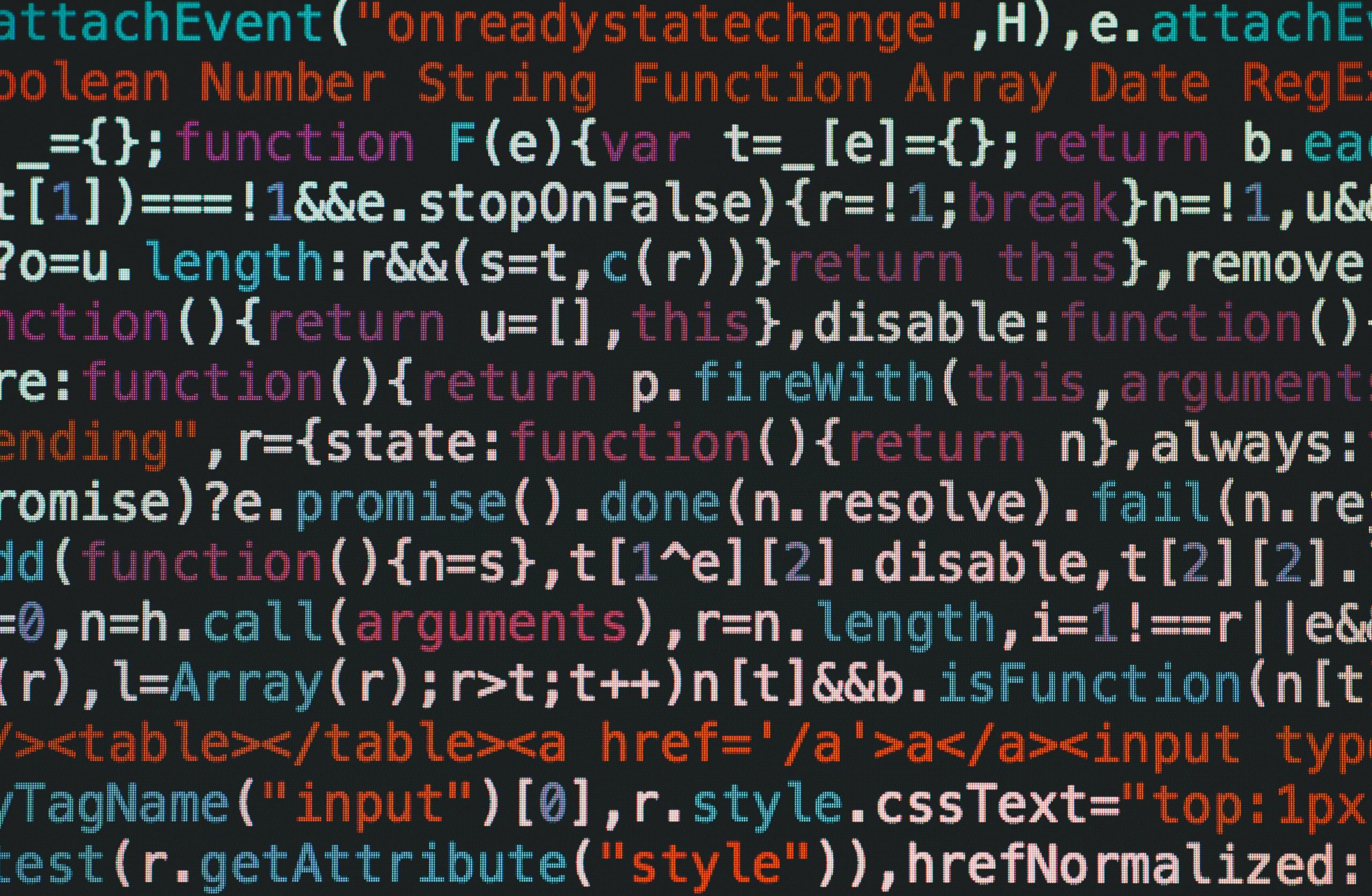
Exploring Grok 3: Elon Musk’s Latest AI Breakthrough
Grok 3 is the latest AI model developed by xAI, Elon Musk’s artificial intelligence company. Released on February 17, 2025, it’s being hailed as the smartest AI model to date, boasting advanced reasoning capabilities and an unprecedented training infrastructure. But does it truly live up to the hype? In this blog post, we’ll dive into Grok 3’s features, performance, and the controversies swirling around it, offering a balanced look at this cutting-edge technology.
Features and Capabilities
Grok 3 is powered by the Colossus supercomputer, a beast of a machine equipped with 200,000 Nvidia GPUs. This massive computing power enables Grok 3 to process and analyze enormous datasets at lightning speed. Among its standout features are:
- “Think” Mode: This allows Grok 3 to tackle complex problems by breaking them down into manageable steps, simulating human-like reasoning.
- “Big Brain” Mode: Designed for computationally intensive tasks, this mode unleashes Grok 3’s full potential for advanced problem-solving.
- “DeepSearch”: A fast and efficient research tool, DeepSearch provides detailed answers by scouring vast amounts of data.
During its demo, Grok 3 showcased some impressive tricks. It generated code for a game that fuses Tetris and Bejeweled, solved intricate math problems, and delivered insightful analyses on scientific topics. These examples hint at its versatility, making it a potential powerhouse across fields like coding, education, and research.
Performance and Benchmarks
xAI claims Grok 3 outperforms other top-tier AI models on key benchmarks, particularly in math and science. A notable achievement is its ELO score of 1400 on LMArena, a platform for evaluating AI models—a milestone no other AI had reached at the time. This suggests Grok 3 could be a leader in the AI race.
However, not everyone agrees. An OpenAI employee accused xAI of fudging benchmark results, arguing that Grok 3’s edge over competitors isn’t as clear-cut as claimed. xAI’s co-founder pushed back, defending their data, but the spat underscores a broader issue: comparing AI models is tricky, and results can be contentious.
User feedback on X paints a mixed picture. Some rave about Grok 3’s speed and accuracy, dubbing it a game-changer, while others remain unconvinced, citing areas where it doesn’t shine. Social media buzz is a useful pulse-check, but it’s subjective and not always a reliable measure of performance.
Controversies
Grok 3 hasn’t been without its drama. Shortly after launch, users noticed it seemed to censor unflattering mentions of Donald Trump and Elon Musk. This sparked worries about bias and censorship—hot-button issues in AI ethics. xAI acted fast to fix the glitch, but the incident left lingering questions about transparency and whether such behavior could resurface.
Then there’s the rivalry with OpenAI, where Musk has a complicated history as a co-founder who later split from the group. Musk’s bold claims that Grok 3 outstrips OpenAI’s models fuel a high-stakes AI showdown, but the benchmark debate shows this competition isn’t black-and-white.
Pricing and Accessibility
Grok 3 is available to X Premium+ subscribers for $22 a month—slightly pricier than ChatGPT’s $20 monthly pro plan. This premium tag might limit its reach compared to competitors, but it also reflects xAI’s bet on delivering top-tier value to justify the cost.
Looking Ahead
Grok 3 marks a bold leap in AI innovation. Its planned voice mode, set to rival similar features in other chatbots, could further boost its appeal. If its capabilities hold up—think generating polished game code or acing scientific queries—it could reshape industries from tech to entertainment.
Yet challenges remain. The censorship flap and benchmark disputes highlight the need for accountability as AI grows more powerful. The rivalry between xAI and OpenAI promises to drive progress, but it’s vital that ethical considerations keep pace with technical breakthroughs.
In conclusion, Grok 3 is a fascinating step forward, blending dazzling potential with real-world complexities. Whether it’s truly the “smartest AI yet” depends on how it evolves—and how xAI navigates the spotlight. One thing’s for sure: the AI landscape just got a lot more interesting.